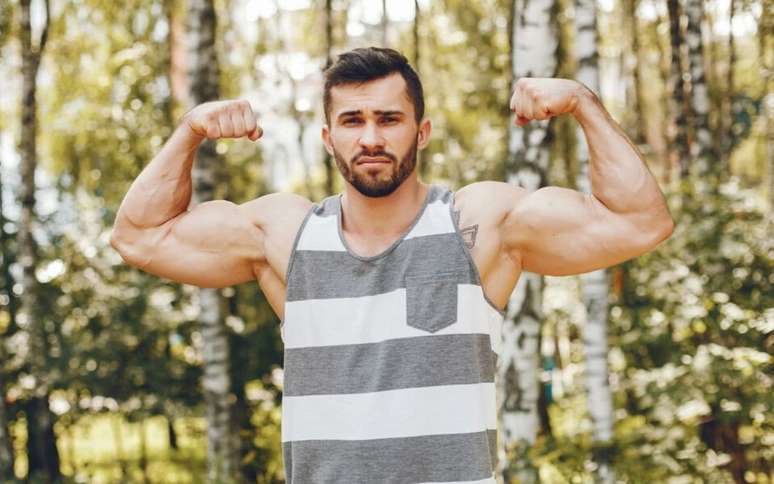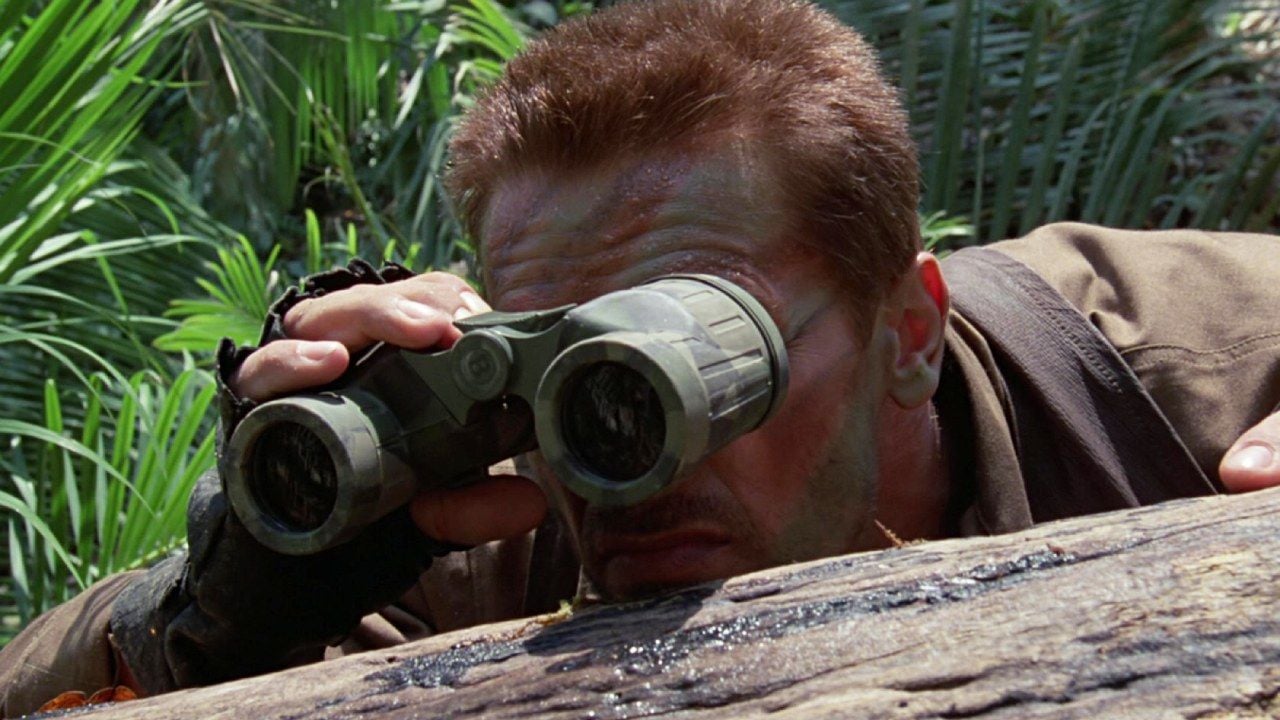In the state of Sao Paulo alone, there were 17,278 hospital admissions last year, according to a survey by the Brazilian Society of Pediatrics
A survey published this week by the Brazilian Society of Pediatrics (SBP) reveals that, every day, approximately 196 children AND teenagers they are hospitalized in the country’s health units after having suffered some type of violence.
According to the researchers, 71,598 hospitalizations of people aged between 0 and 19 were recorded in 2023, considering only cases in which there was a medical intervention and a hospitalization of 24 hours or more, which tend to be more serious .
Of this total, more than 3 thousand notifications are involved children aged less than one year and 8,370 were related to children aged between 5 and 9 years.
Adolescents aged 15 to 19 were the main victims, with 35,851 notifications (50%) in the National Disease Notification System (Sinan) of Ministry of Healthdatabase used in the study.
Signs of violence
The president of the SBP, Dr. Clóvis Francisco Constantino, indicates that the attacks occurred during childhood They are, in most cases, physical. Sexual violence is prevalent among adolescents and young people.
Assaults affecting older children can be confirmed with the help of reports, while, in younger children, violence is perceived mainly by comparing the injury with the story told by their caregivers, Constantino says. “Sometimes parents come to the emergency room saying that the child rolled off the bed and fell, but has a lot of trauma in various areas of the body that would be incompatible with a fall from the bed,” he explains.
Additionally, even if the lesions are concentrated in one region, tests can identify older, healing wounds that may signal frequent attacks.
In these situations, the healthcare professional has a duty to inform the authorities, in particular the Guardianship Council, so that they can examine the family’s experience and whether the home is safe for the child. “Both the recommendation of the Ministry of Health and the Statute of Children and Adolescents establish that it is a legal obligation to report the simple suspicion, even if there is no evidence yet, of signs and indications of sexual or physical aggression,” it states.
Underreporting of cases
However, the pediatrician believes that the daily numbers are higher, since only notifications from hospitals and emergency rooms were analyzed. “Unfortunately we have more remote places with poor access to healthcare, which makes it difficult to, for example, notify doctors.”
For the expert, the population of São Paulo could be one of the reasons why the state appears in first place in the ranking, with 17,278 hospitalizations (24% of the total), an average of 47 cases per day.
Followed by Minas Gerais, with 12% of cases (on average 23.5 reports per day), and Rio de Janeiro, with 10% (about 21 cases per day).
The four states with the lowest number of notifications, however, are those in the North. Amapá, Roraima, Rondônia and Acre, together, totaled 1,317 notifications last year (average 3.6 cases per day).
“This decline in the Northern region could be linked both to the difficulty in accessing health services and to the lack of effective reporting mechanisms”, underlines the president of the SBP. Pará (2,357 notifications) and Amazonas (1,398) are in 9th and 14th place respectively.
In the southern region, Paraná stands out with 7,266 cases. Bahia had the highest number in the Northeast, with 3,496 occurrences, and Goiás, in the Center-West, with 2,533. In the latter state, 70% of cases occurred among victims aged between 10 and 19.
Attacks at home
To try to reduce the underestimation, the University of Sao Paulo (USP)the Laboratory on Violence, Vulnerability and Health (LVVH) project. The idea is to identify suspected and unreported cases by cross-referencing data from different databases, including Sinan and the Integrated Health Management System (Siga).
“It will be an intelligence work on the databases resulting from the registers of the health, welfare and social security systems, when possible”, explains Linamara Rizzo Battistella, USP professor and researcher in charge of the laboratory.
Another expectation of the group is to give visibility to the topic so that it is no longer a taboo in families, where most cases occur. Data released by the Ministry of Health shows that, in the first half of 2021 alone, Dial 100 received 50,098 reports of violence against children and adolescents. Of these, 40,822 cases (81%) occurred within the victim’s home and the mother was the main rapist, with 15,285 reports. Then came the father, with 5,861; stepfather/stepmother, with 2,664; and other family members, with 1,636 documents.
“Violence has a very important familial and social character, therefore the set of data relating to relatives, socioeconomic, cultural and school characteristics will help us to predict the risk that this child will be subjected to any level of violence, but above all to violence sexual,” says the teacher.
How to report violence against children and adolescents
- Contact the Military Police on 190;
- Through Dial 100, which receives anonymous reports of human rights violations;
- Through the Protection Council, the body responsible for ensuring respect for the rights of children and adolescents. In the city of São Paulo there are 52 municipalities, distributed across the five regions. See the list of addresses and telephone numbers here;
- In police stations.
Source: Terra
Ben Stock is a lifestyle journalist and author at Gossipify. He writes about topics such as health, wellness, travel, food and home decor. He provides practical advice and inspiration to improve well-being, keeps readers up to date with latest lifestyle news and trends, known for his engaging writing style, in-depth analysis and unique perspectives.








